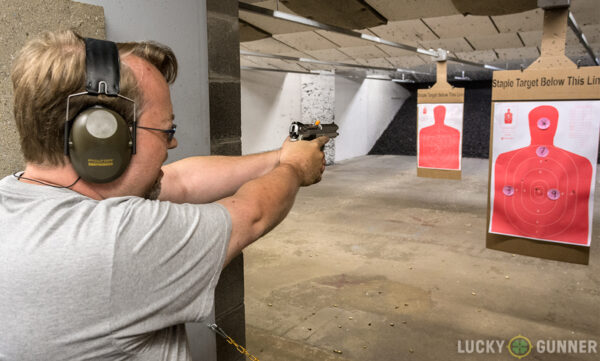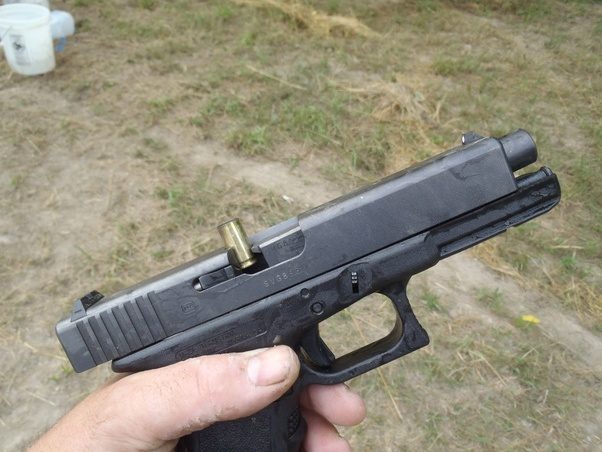

The first reason is because of poor ammo selection, or using ammunition that isn’t right for your gun. There are 3 primary reasons why your gun keeps jamming. This can be caused by an overly-dirty chamber, broken extractor claw, case rim failures, or several other causes. What causes failure to extract in a pistol?Ī failure to extract occurs when the casing of the just-fired round is not successfully extracted from the chamber. Stovepiping (also stove piping) is a metaphorical term which recalls a stovepipe’s function as an isolated vertical conduit, and has been used, in the context of intelligence, to describe several ways in which raw intelligence information may be presented without proper context. This failure to eject malfunction causes the spent casing to get caught by the handgun slide, preventing the firearm from returning to an operable state.

What causes stovepipes in pistols?Ī “stovepipe” malfunction is caused when a spent casing is not ejected far enough or fast enough to leave the firearm’s ejection port. What are the 3 most common malfunctions of a cartridge? systems procured and developed to solve a specific problem, characterized by a limited focus and functionality, and containing data that cannot be easily shared with other systems. In semi-automatic pistols, the term “stovepipe” describes the malfunction when the fired case has not been properly ejected from the port. Stovepipe pants work for inverted triangles they hit at the lower hips, which will add a bit of weight there to balance a strong shoulder. Basically, a slightly tighter version of straight-leg pants, this style is fitted to the knee, then falls straight to the ankle. The case ends up caught between the slide’s breech face and barrel hood as the slide attempts to close.
STOVE PIPE GUN JAM FULL
The case ends up caught between the slide’s breech face and barrel hood as the slide attempts to close. A stovepipe jam occurs when a fired casing isnt full ejected (hence the more technical name: Failure to Eject) and the slide comes forward, trapping it. … Usually caused by a worn ejector, low velocity ammo that doesn’t provide enough energy to cycle the gun, or poor shooting technique (limp wristing).Ī “stovepipe” malfunction is caused when a spent casing is not ejected far enough or fast enough to leave the firearm’s ejection port. Usually caused by poor ammo, gunk built up near the firing pin (preventing it from moving forward properly) or trigger mechanism, or a weak firing pin spring. To address a lodged bullet in the barrel, drop the magazine and remove any ammunition while maintaining a safe direction – do not look down the barrel use a bore light instead or run a rod that will not scratch the barrel through to ensure there are no obstructions.A failure to eject (FTE) occurs when the casing of the just-fired round is extracted from the chamber, but is not ejected from the firearm, causing the next round to fail to feed, or the slide/bolt to fail to return to battery. Squib loads “don’t feel right” and will make a weak “pop” or “thunk” sound and will not generate the usual movement with the usual power in the firearm. If this happens, the barrel will bulge or break apart with violent force while in the user’s hand and will cause serious injury. If the user clears the defective ammunition without inspecting the barrel and removing the lodged bullet, then the next bullet will strike the lodged bullet. Rather, the bullet tip becomes stuck inside the barrel. After a trigger pull with a squib load, the primer actives the powder inside the casing but the resulting energy from the ammunition is not enough for the bullet to exit the barrel completely. A squib load reflects a problem with ammunition and if not addressed immediately will result in damage to the firearm and/or to the user.


 0 kommentar(er)
0 kommentar(er)
